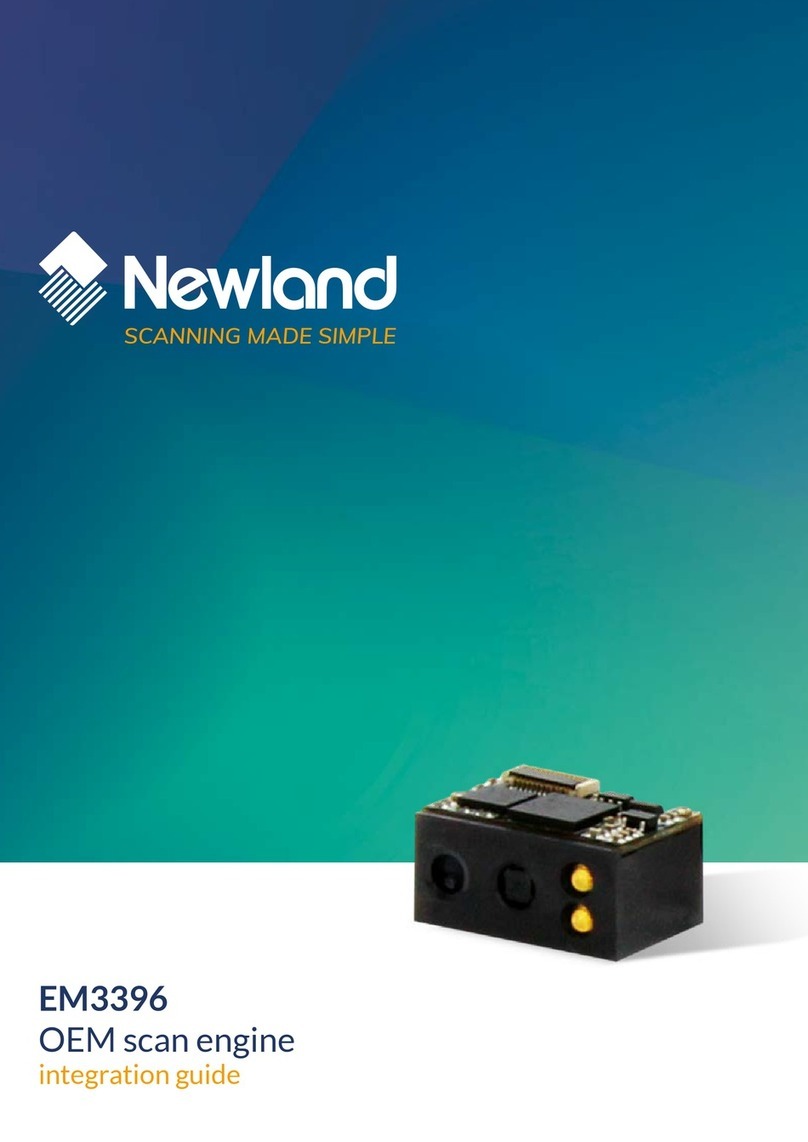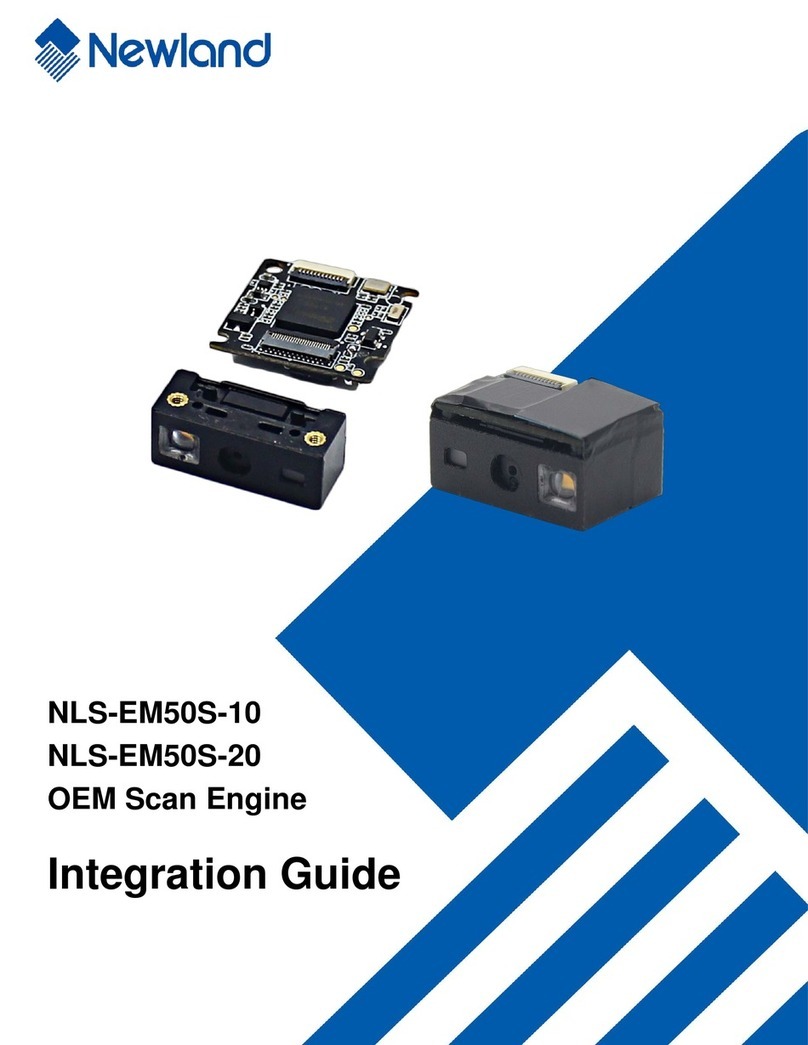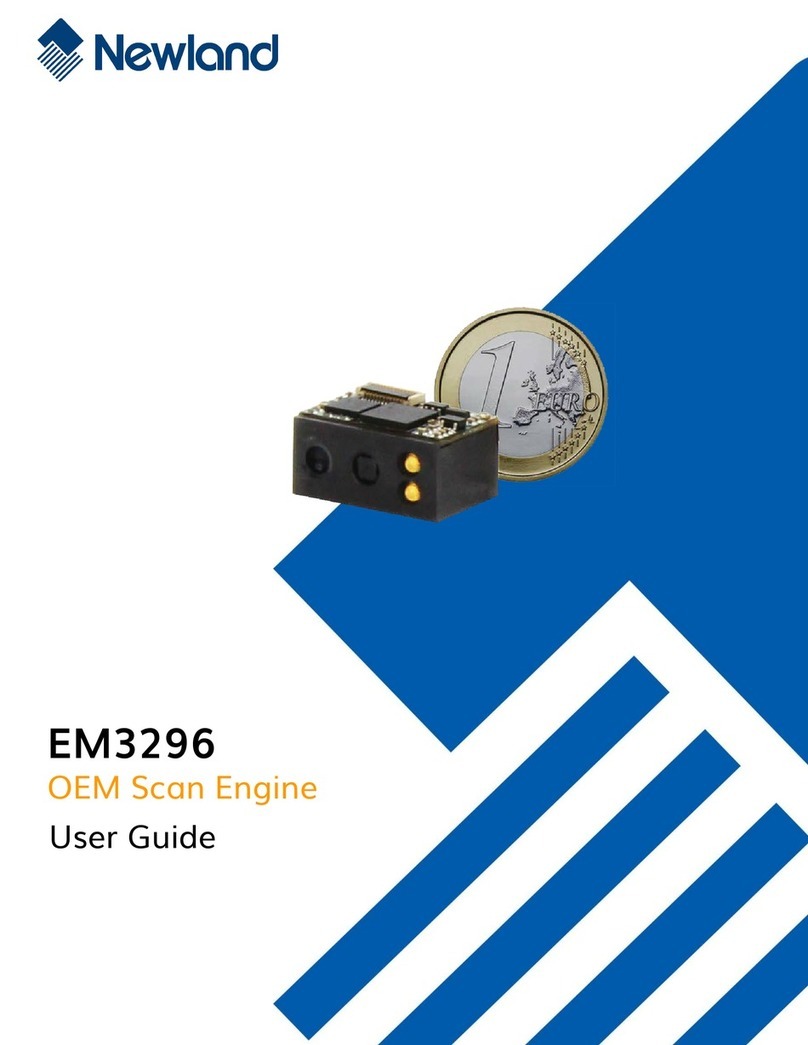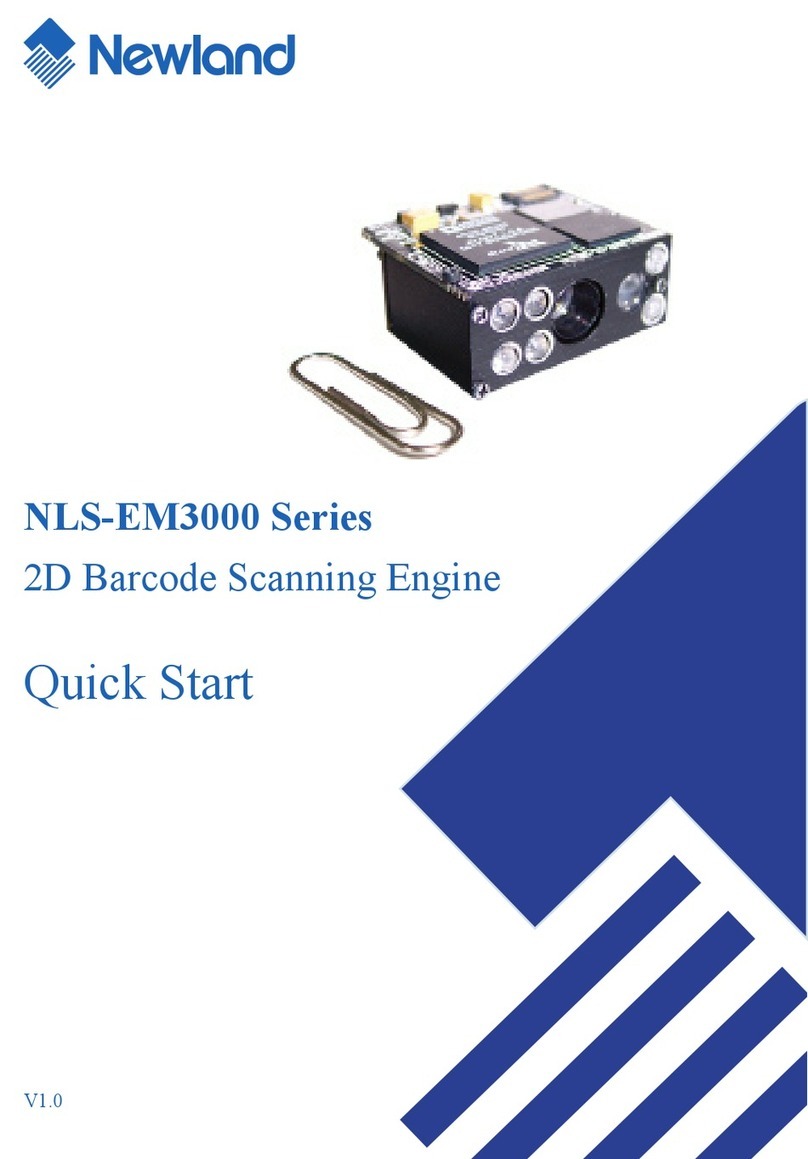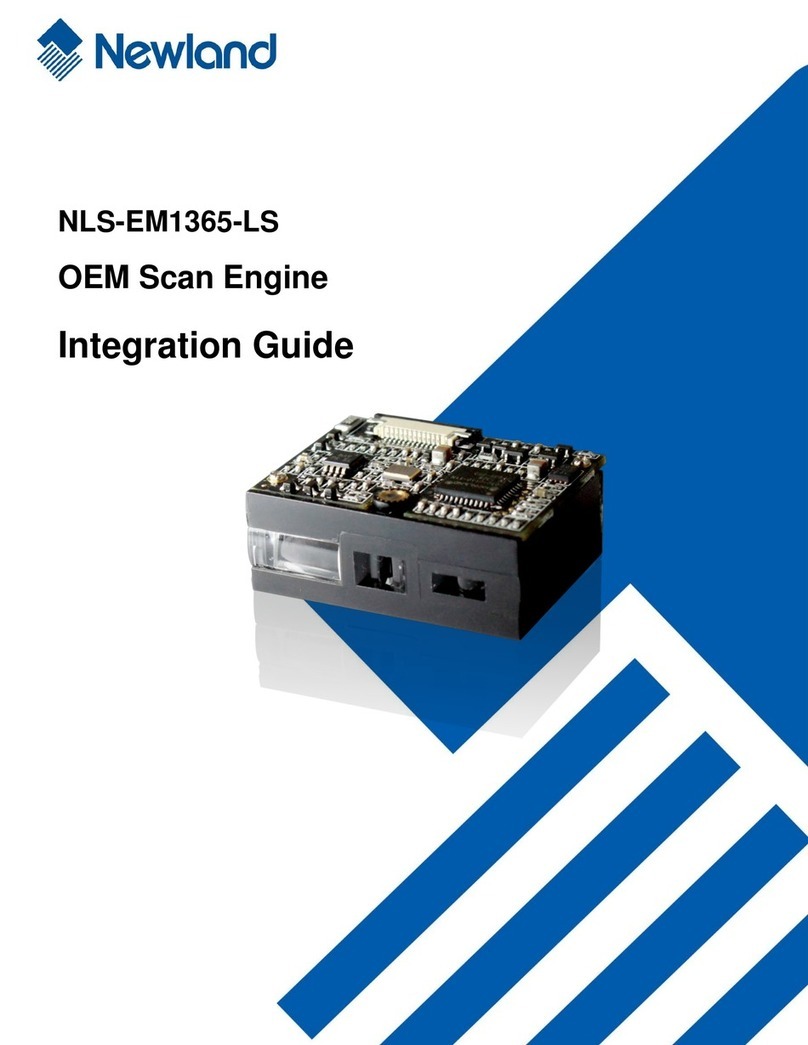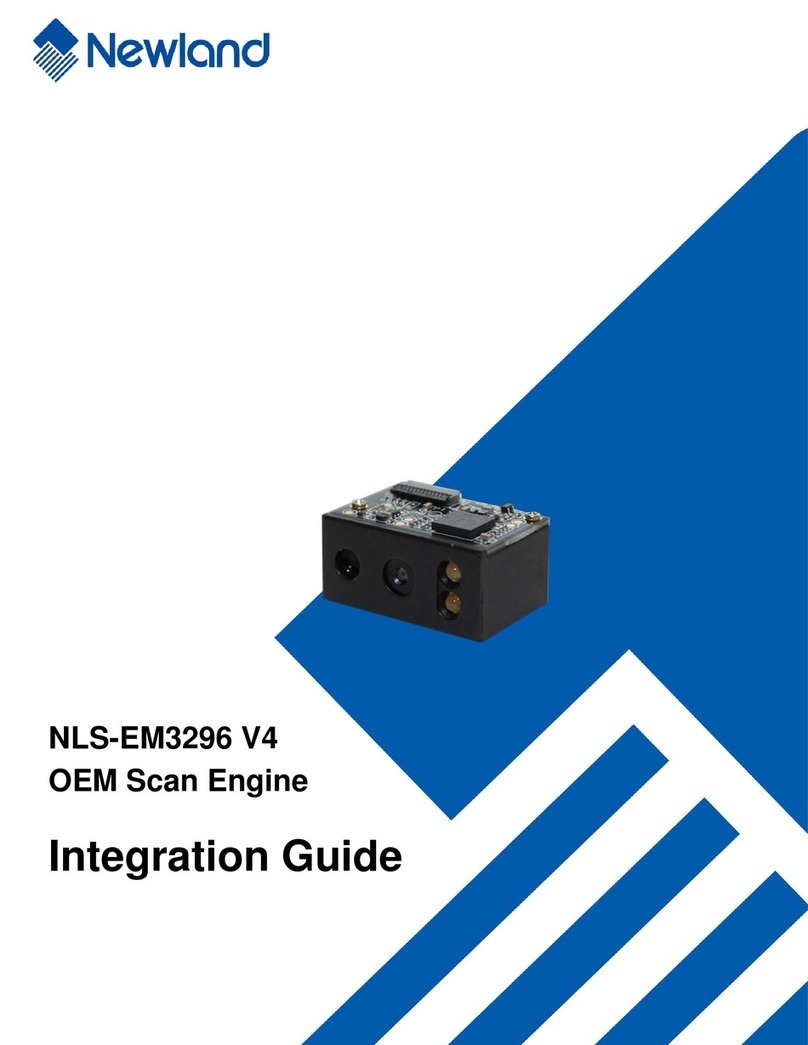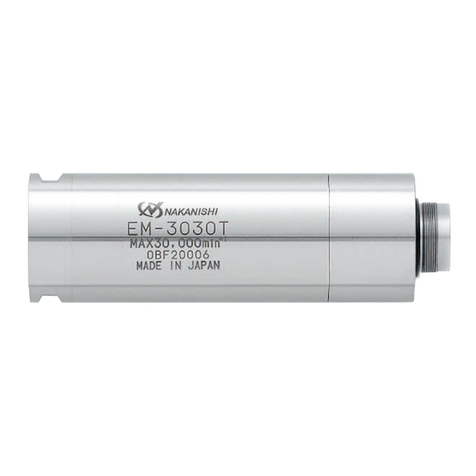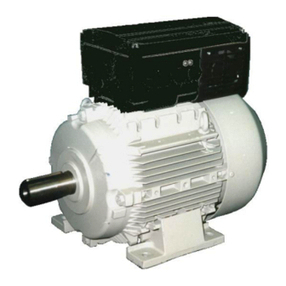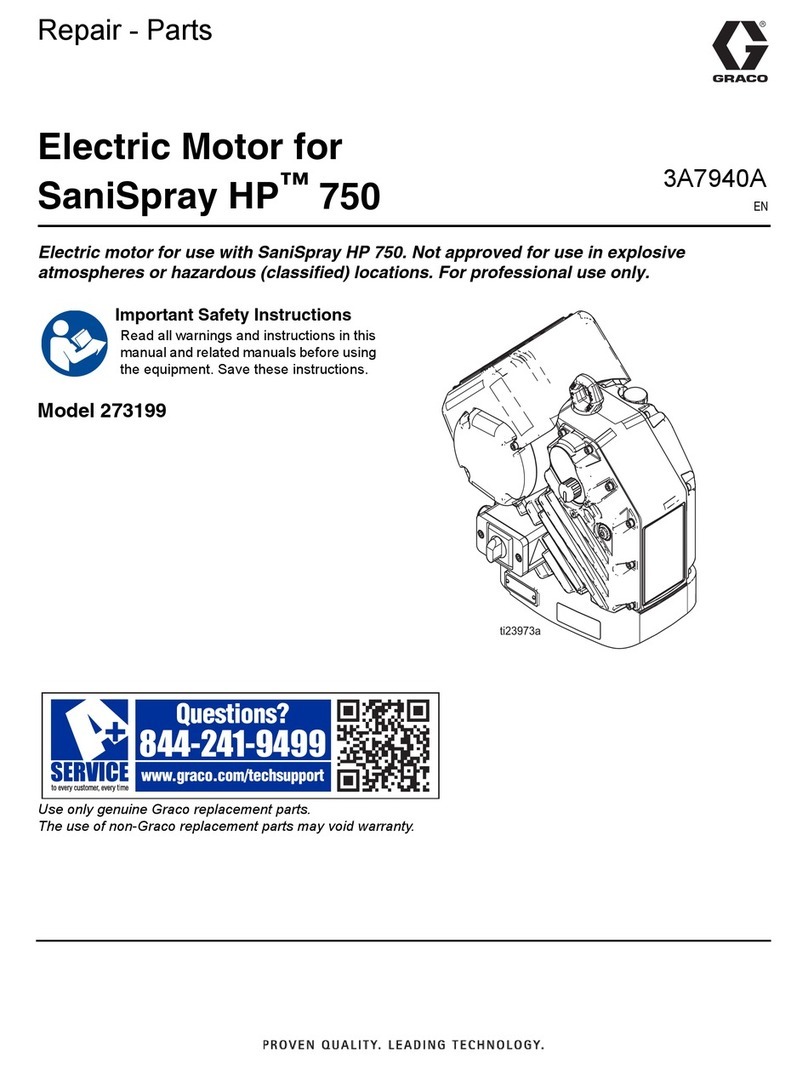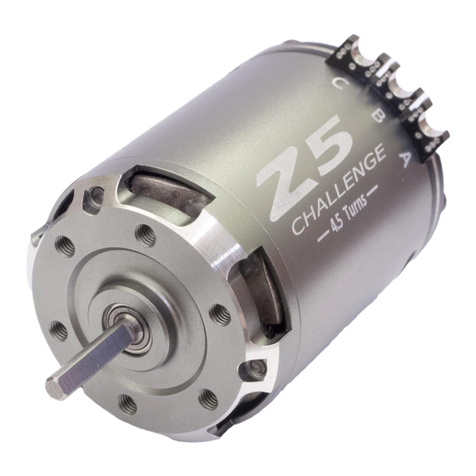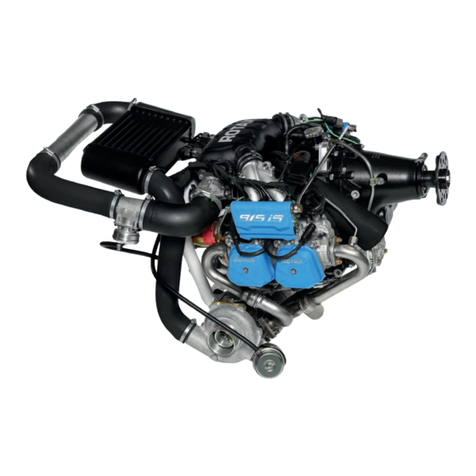
Table of Contents
Chapter 1 Introduction.......................................................................................................................................1
Overview .......................................................................................................................................................1
Illumination....................................................................................................................................................1
Aimer.............................................................................................................................................................1
Chapter 2 Installation.........................................................................................................................................2
General Requirements..................................................................................................................................2
ESD........................................................................................................................................................2
Dust and Dirt..........................................................................................................................................2
Thermal Considerations.........................................................................................................................2
Installation Orientation...........................................................................................................................3
Optics............................................................................................................................................................4
Window Placement................................................................................................................................4
Window Material and Color ...................................................................................................................4
Scratch Resistance and Coating...........................................................................................................4
Window Size..........................................................................................................................................5
Ambient Light.........................................................................................................................................6
Eye Safety..............................................................................................................................................6
Mounting........................................................................................................................................................7
Front View (unit: mm) ............................................................................................................................7
Side View (unit: mm)..............................................................................................................................7
Top View (unit: mm)...............................................................................................................................8
Chapter 3 Electrical Specifications..................................................................................................................9
Power Supply................................................................................................................................................9
Ripple Noise...........................................................................................................................................9
DC Characteristics......................................................................................................................................10
Operating Voltage................................................................................................................................10
Operating Current................................................................................................................................10
